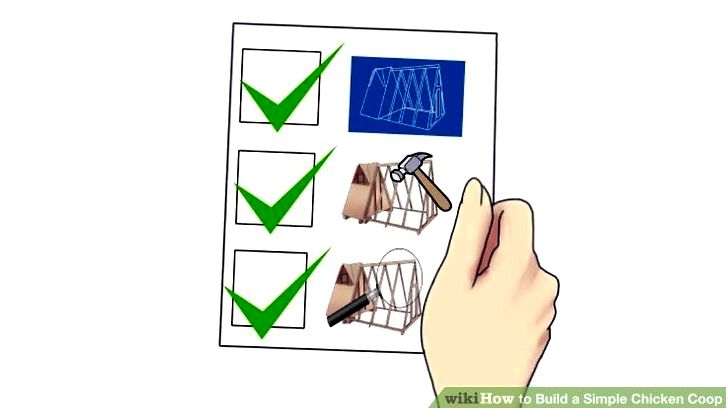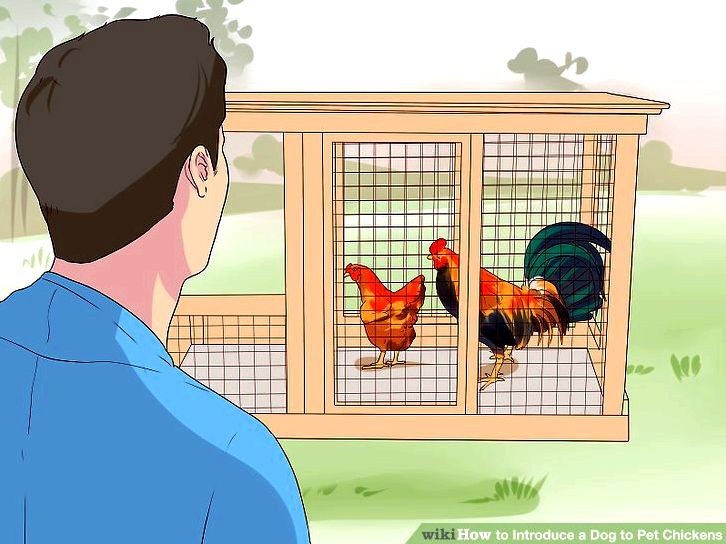
Understand what you will have to put within the coop. The greater you set within the coop, the less space the chickens may have. Therefore, you should possess a obvious concept of the objects you’ll be putting inside to be able to take into account losing space inside your building plans.
-
Perching Area. Frequently only a thick stick or wood hung between your walls within the coop, and elevated perch enables for added space, in addition to a comfortable bedroom for the chickens.
-
 Nesting Area. You may make a nest by stuffing boxes or baskets with straw or sawdust. Lacking the necessary nesting space, your chickens will lay eggs on the floor, growing the chance that they’ll break. Bear in mind the average chicken will lay an egg every one or two days.[2] How big your nesting area should reflect both the amount of chickens and just how frequently you intend to gather eggs. Generally, one nesting area per four to five hens ought to be sufficient.[3]
Nesting Area. You may make a nest by stuffing boxes or baskets with straw or sawdust. Lacking the necessary nesting space, your chickens will lay eggs on the floor, growing the chance that they’ll break. Bear in mind the average chicken will lay an egg every one or two days.[2] How big your nesting area should reflect both the amount of chickens and just how frequently you intend to gather eggs. Generally, one nesting area per four to five hens ought to be sufficient.[3]
- Apart from the truth that elevated nests will discourage predation, the peak of the nests isn’t as essential as the place. Make certain that nests are put inside a clean, dry place, and they are outside of the roosting area (or else you risk chicken manure in your eggs!).[4]
Ventilation. To prevent disease brought on by stale air, proper ventilation systems are essential. If you are planning to construct annually-round, closed coop, make sure to include little home windows covered in chicken wire to match proper ventilation.
Dust Boxes. Chickens frequently clean themselves with dust bathing. To maintain your chickens happy and smell-free, attempt to add a few boxes full of dirt or sand.
Resourse: http://wikihow.com/
Tags: building, chicken, house
Comments are closed here.
